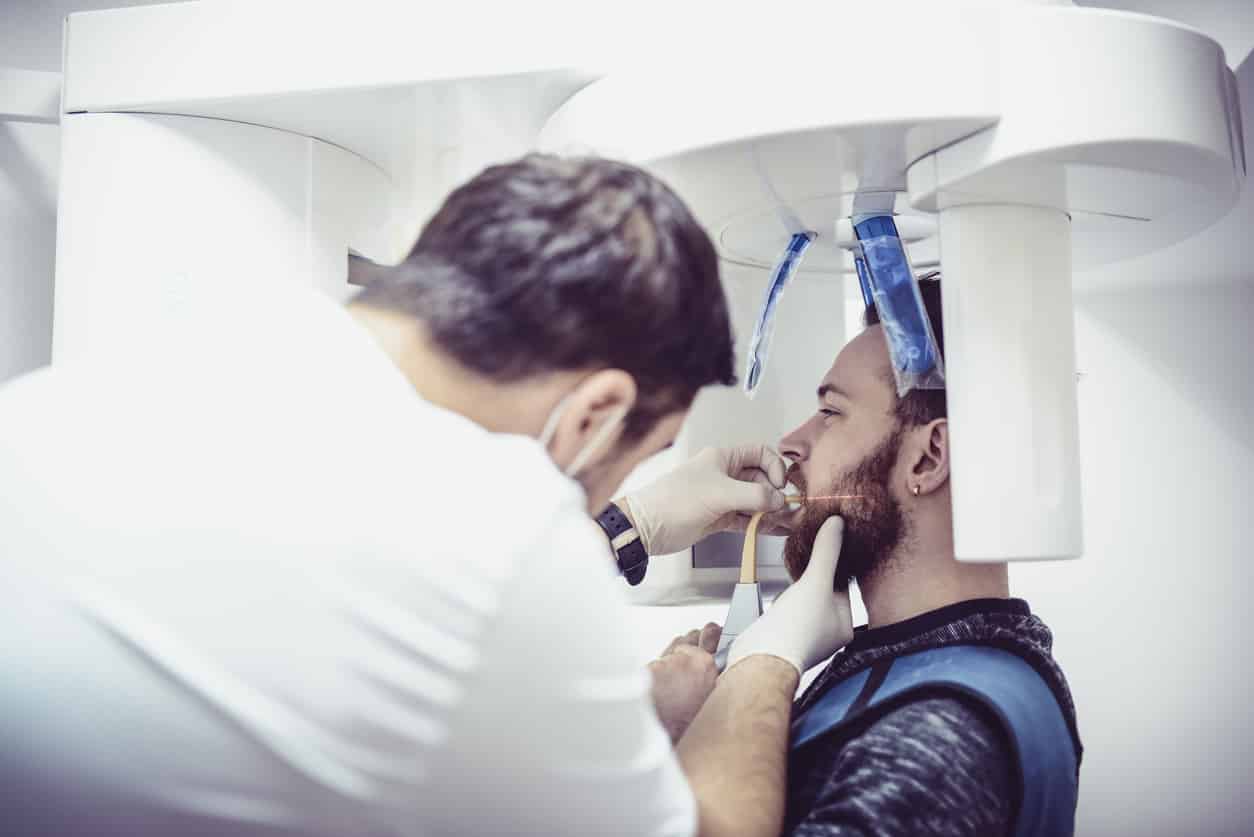Things happen, and sometimes we experience unexpected obstacles with our teeth such as tooth decay that result in damage. On the bright side, there are options to help restore the health of your teeth and prevent further decay. A tooth filling is designed to restore a tooth that is damaged by decay back to its normal function and shape. The process of filling requires a dentist to first remove the decay out of the tooth, clean the area, and then fill the cavity with the filling.
Why Do I Need Fillings?
There are various reasons as to why an individual may need a filling. It’s important to set an appointment with a dentist to see if a filling is necessary for you. Here are a few reasons why you may need a filling:
1. Fractured Tooth: A fractured tooth happens when a portion of a tooth is broken off or you get a vertical root fracture. It’s important to note that tooth fractures aren’t typically serious; however, some fractures can be, causing the tooth to be jagged, sensitive or painful. In any case, a tooth filling can help this fracture using a bonding method.
2. Teeth Discoloration: Teeth discoloration can make anyone feel insecure about their smile. Discoloration is caused by things such as coffee, tobacco usage, and oral care over time. Applying a teeth filling will mask the discoloration, allowing you to smile in confidence.
3. Gradual Loss of Tooth Structure: If your tooth is damaged for any reason, then it can become subject to a gradual loss of tooth structure over time. If the structure of the tooth is lost, then it may be best to move forward with a filling.
4. Small Holes in Teeth: If you have holes in the tooth such as with cavities, then getting these filled is the best option to keep your teeth as healthy and strong as possible. It’s important to note that not all holes in teeth are cavity related and may not even cause discomfort. With that said, these holes should still be filled as food and bacteria will accumulate, leading to tooth decay.
Preparing for a Filling
Your dentist will first examine your teeth to see if a filling is necessary. Once your dentist confirms that a filling is the best choice for you, you and your dentist will discuss what type of filling you would like.
While anesthetic isn’t likely for this procedure, there are some instances where it is necessary, and patients with prescription drugs and over-the-counter medications should avoid taking these before the filling. Be sure to bring an up-to-date copy of any medical conditions you may have, as well as, inform your dentist on any diet changes you may have made recently. Your dentist will advise you on whether you need to temporarily stop taking these medications.
Types of Fillings
There are actually various types of fillings for patients to choose from. Some of these include but are not limited to:
Silver Amalgam
These fillings are the most common. It is actually 50% silver, zinc, tin, and copper and 50% mercury. The main reason why this filling is the most popular is due to its durability, strength, and relatively low-cost. These types of fillings can last for 15 years or more, which is another reason why patients tend to opt for this filling.
On the downside, silver amalgam isn’t aesthetically pleasing so if it is filling a tooth that is visible, patients should consider this before moving forward. Additionally, these fillings tend to expand and contract over time, which can lead to a crack in the tooth.
Cost: A silver amalgam filling can range from $50-$150 for single filling.
Gold
Gold fillings are expensive, which is one of the reasons why it is less common as compared to the other filling options. Many dentists don’t carry gold as a filling option for this reason so it may be difficult to find a dentist willing to put it in. Additionally, it takes more than one dentist visit to fit a gold filling properly.
Cost: A gold filling can range anywhere from $250-$4,500 for a single filling.
Composite
A composite filling is a popular choice among patients because it can be matched to look like the shade of your existing teeth. These filling types are made of resin and plastic material that is placed in the cavity while soft and then hardened by a bright blue curing light.
On the downside, composite fillings don’t last too long as compared to other types of fillings. They typically need to be replaced every 5 years.
Cost: A composite tooth filling can range from $90-$250 for a single filling.
Ceramic
These fillings can get pricey; however, their durability and aesthetically pleasing nature make it a good choice for patients. Ceramic fillings are made of porcelain and are tooth-colored so they seamlessly appear more natural. Another great benefit to ceramic is that it is more resistant to staining and abrasion as compared to composite resin.
One drawback to ceramic is that when compared to composite, it is more brittle. This means that a ceramic filling would need to be larger so that it won’t break.
Cost: The cost of a ceramic filling can range anywhere from $95-$200.
Treatment After Fillings
Each filling takes a different time to set. Being aware of this timeframe is going to be important as its crucial that you are extra careful during this time. For instance, a ceramic filling will set immediately while gold can take 24-48 hours to set.
After your dental filling, your dentist will discuss with you your next steps to ensure that your teeth do not suffer from any further tooth decay and that the overall health of your teeth is intact moving forward. Your dentist should advise you to brush your teeth twice a day with fluoride toothpaste, as well as, flossing with dental floss.
Patients should also avoid beverages that are too hot or cold as the filling will likely be sensitive for a few days. In addition, patients should avoid foods that are hard, sticky, and chewy.
At Esthetix Dental Spa, we are dedicated to providing you with a great and healthy smile. If you have any questions about dental fillings, feel free to contact us to schedule an appointment for a consultation.









